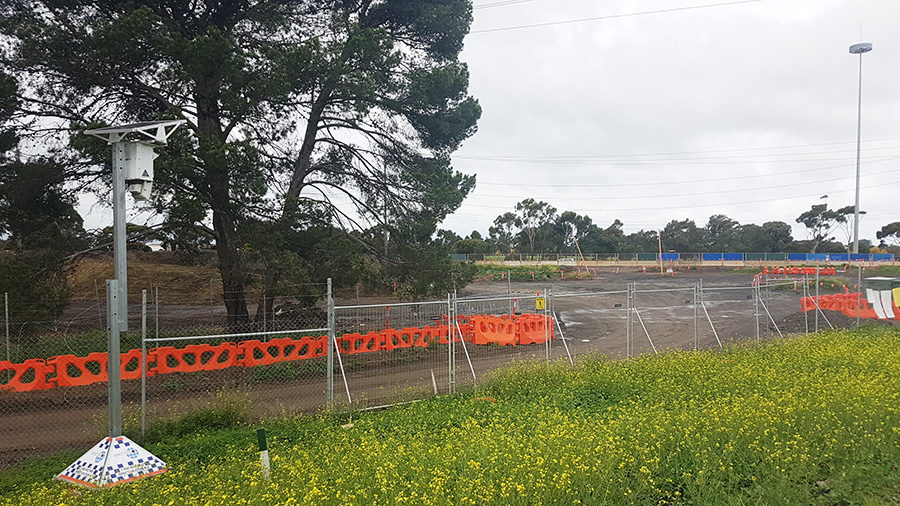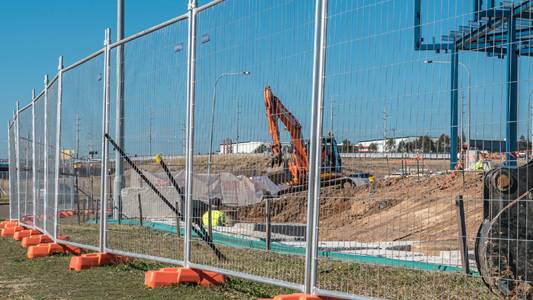The one habit that will immediately improve your site safety
Construction and civil professionals use temporary fencing on all types of jobs. From small residential builds to huge infrastructure projects, temporary fencing is an important part of running a safe and compliant site.
Most contractors know how to install temporary fencing – grab the panels, clamp them together with couplers, insert the vertical posts into the temporary fence feet.
However, this critical step is sometimes rushed and it can be the weak link in the chain that affects how structurally sound your temp fence is. When you think about the potential damage to property, and injury to workers or the public, it is absolutely vital to ensure your fence is installed correctly to keep you safe, compliant and without the stress of having to deal with a collapsed fence, unsecure site, torn fence mesh, not to mention the potential human cost if an injury was to occur on your site.
So, how do you engineer out this problem so you don’t have to worry about it? Get in the habit of checking your temp fence panels are installed securely!
It seems simple but there’s a few issues that can have a knock on effect and disrupt the security and stability of your fence. Checking and managing these 3 things as a ‘best practice’ approach will go a long way to safeguarding your temporary fence against collapse or damage.
Uneven ground:
Construction sites are never completely flat – there’s always going to be challenges in getting your fence installed as level as possible.
However, if you are able to ensure it avoids uneven areas as much as possible, your fence will be stronger and more structurally sound. A fence that has straight panels and temp fence feet located on level ground will naturally be stronger than one installed on a rough pot-holed area.
On some jobs, where space allows, it might be wise to use a few extra panels and feet to extend your fence out and around uneven areas.
Hanging fence mesh on your fence:
Printed fence fabric is a great dust suppression and privacy tool that does double-duty as large format advertising.
However, hanging printed mesh on your temporary fence does add an additional load to take into consideration, even though it is relatively lightweight.
Using the wrong type of mesh for your site means that it can catch the wind and act like a sail, effectively pulling your fence over. Make sure you’ve got a mesh that allows good airflow, and that you attach it to the fence as per the manufacturer’s instructions.
Damaged, bent or warped panels:
It’s good to be thrifty but reusing heavily damaged fence panels can affect the balance of your fence.
If they are twisted or bent out of shape, they should be replaced to ensure that the fence as a whole is not subject to competing forces pushing it out of plumb.
Also, if the verticals have been damaged, crushed or twisted at the bottom and they no longer fit perfectly in the holes in the temporary fence feet, they probably need replacing.
The area where the vertical post inserts into the fence base is subject to undue loads and strains if it is not properly installed.
Taking these things into account and getting into the simple habit of good, solid installation will go a long way to ensuring your temporary fence remains safe, secure, upright and effective for the life of the project.




Want to know more?
Contact us today for more information about the products used or to learn how we can assist with your upcoming project!
